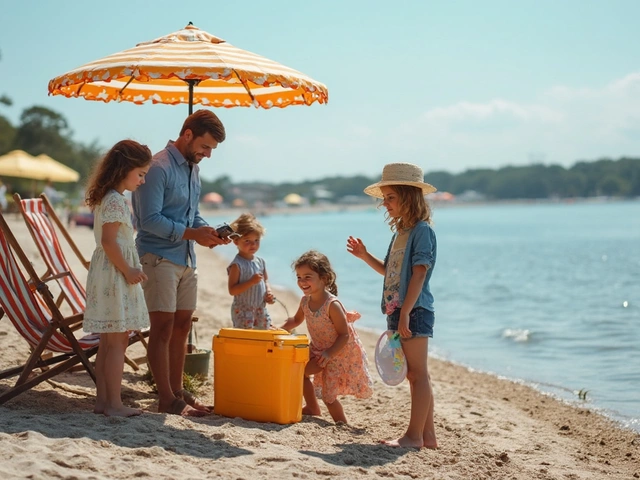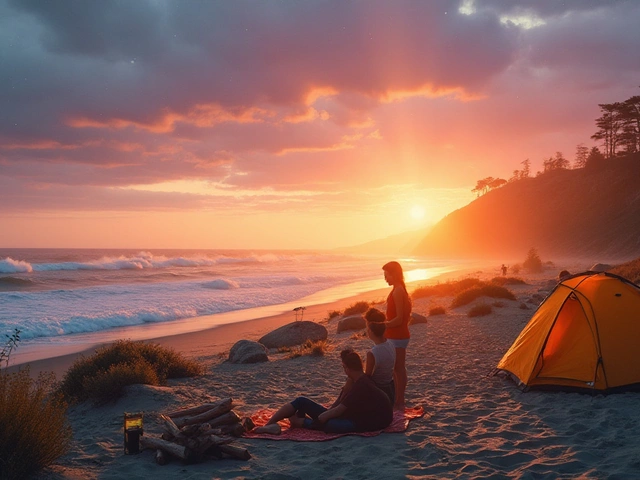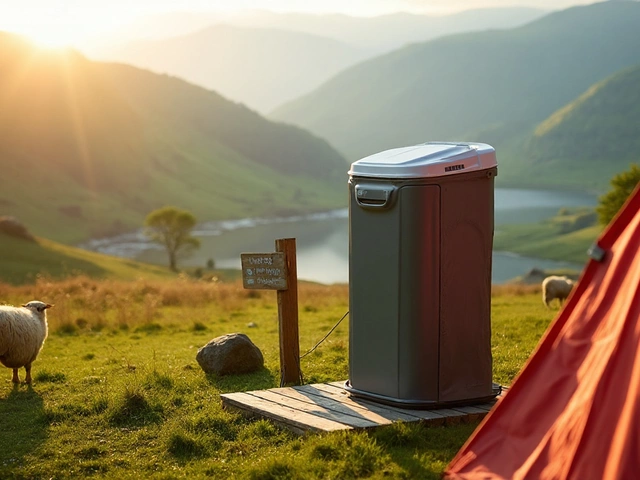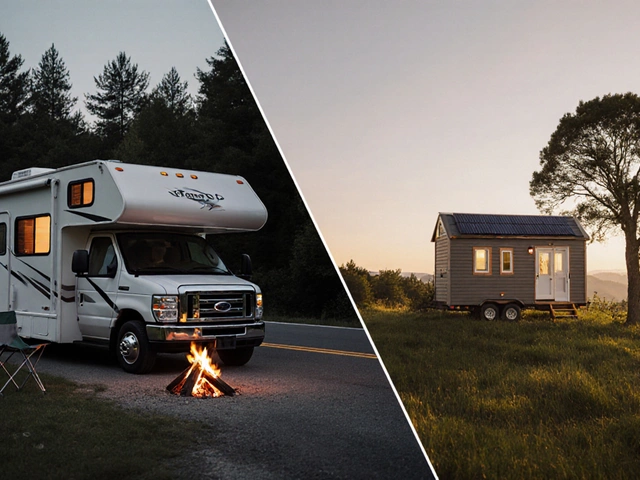Camping Bathroom Choice Quiz
Answer the following questions
Finding a place to poop when you’re out under the stars can feel like a puzzle. The answer depends on where you set up camp, how long you stay, and how much you care about the environment. Below are the most common options, how they work, and when each makes sense.
- Portable camping toilets are quick, clean, and work anywhere.
- Cat holes (also called bush toilets) are the classic wilderness solution.
- Composting toilets let you turn waste into soil‑friendly material.
- Disposable kits are ultra‑light for backpackers.
- RV waste tanks and campground restrooms provide permanent plumbing.
Understanding the Core Options
Portable camping toilet is a self‑contained waste‑holding unit designed for temporary outdoor use, typically featuring a sealed tank, a flush or bucket system, and a privacy enclosure. It weighs 5‑15kg, holds 5‑12L of waste, and can be emptied at a dump station or a designated RV waste facility.
Cat hole is a simple shallow pit dug in soil, used to bury human waste in backcountry settings. Regulations in many Australian national parks require a hole at least 15cm deep and 60m away from water sources.
Composting toilet is a dry‑or‑wet system that uses aerobic decomposition to turn waste into usable compost. Commercial models often hold 10L, need a small amount of sawdust or peat, and can be serviced once a month.
Disposable toilet kit is a lightweight bag‑and‑gel combo that solidifies waste for later disposal. Backpackers love the Wag Bag style because it adds less than 100g per use.
RV waste tank is a built‑in holding tank in motorhomes or camper‑vans, connected to a flushing toilet and serviced at a dump station.
Campground restroom is a permanent facility with flush toilets, running water, and sometimes shower heads, managed by the site operator.
Dump station is a designated disposal point where you can empty portable toilets, RV tanks, or composting units safely.
How to Choose the Right Bathroom Solution
Pick a method based on three criteria: duration of stay, environmental impact, and available infrastructure. For a one‑night tent on a state forest, a cat hole or disposable bag is usually enough. If you’re staying in a caravan park for a week, a portable toilet or the site’s restroom will be more comfortable.
Consider local rules. The NSW National Parks and Wildlife Service mandates cat holes only on designated tracks; otherwise, you must use a toilet facility or bring a portable unit.
Side‑by‑Side Comparison
| Option | Setup Time | Waste Capacity (L) | Environmental Impact | Typical Cost (AU$) |
|---|---|---|---|---|
| Portable camping toilet | 5‑10min | 5‑12 | Low (sealed) | 120‑250 |
| Cat hole | 2‑3min (dig) | Variable | Medium (soil disturbance) | 0 |
| Composting toilet | 7‑12min | 10‑15 | Very Low (recycles) | 200‑400 |
| Disposable toilet kit | 1‑2min | 0.1 per bag | High (single‑use waste) | 0.75‑1.20 per bag |
| RV waste tank | Built‑in | 30‑100 | Low (sealed, dump only) | Included in RV |
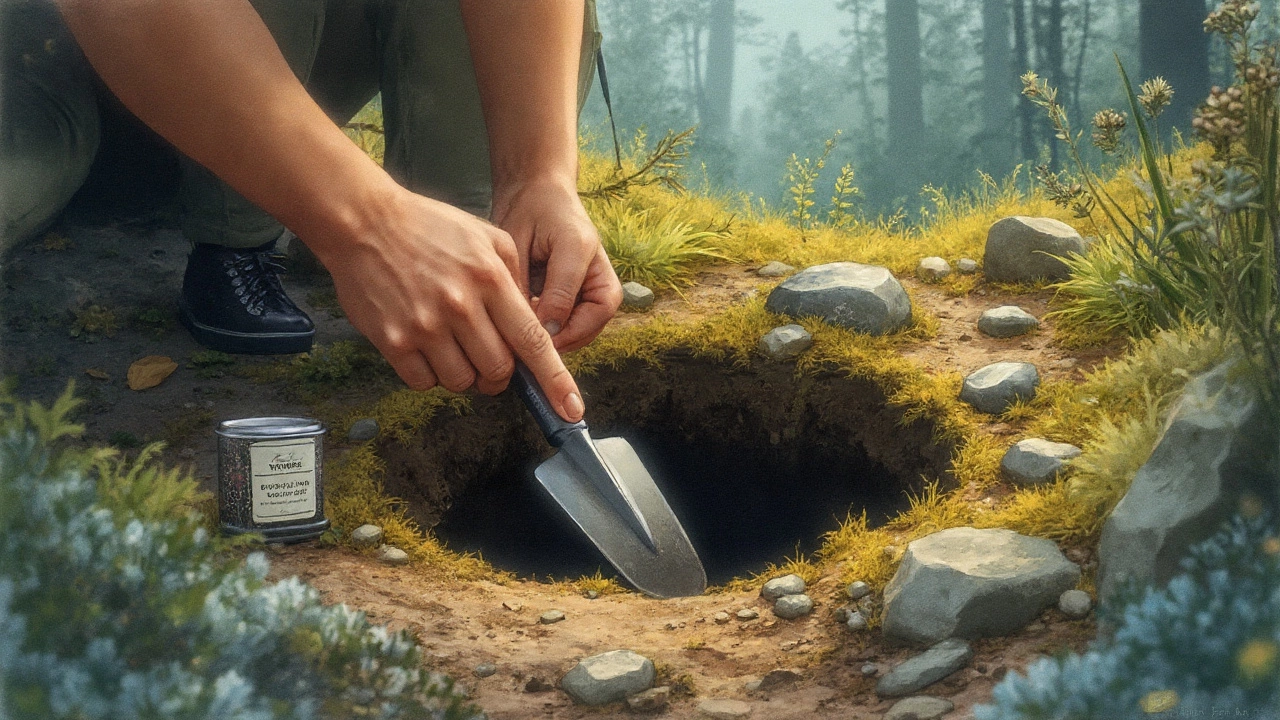
Practical Tips for Each Method
Portable camping toilet
- Place the unit on level ground away from high‑traffic areas.
- Add a deodorizing tablet before each use.
- When the tank is 80% full, seal the lid and transport it to the nearest dump station.
Cat hole
- Choose a spot at least 60m from water, trails, and campsites.
- Dig a 15‑20cm deep hole, wide enough for a single use.
- Cover the waste with natural soil and a thin layer of leaf litter.
Composting toilet
- Supply a handful of sawdust after each use to aid aeration.
- Stir the contents weekly with the provided plug.
- When the compost looks dry and earthy, empty the collection tray into a garden (if local regulations allow).
Disposable toilet kit
- Open the bag, sit, and do the business.
- Seal the bag, which contains a gel that solidifies waste.
- Store sealed bags in a garbage bag until you reach a proper disposal point.
RV waste tank
- Use only RV‑approved toilet paper to avoid clogs.
- Run the rinse water after each use to keep the tank clean.
- Visit a dump station before the tank reaches the red% indicator.
Leave No Trace and Legal Responsibilities
The LeaveNoTrace (LNT) framework has four core principles that apply to bathroom use: plan ahead, travel and camp on durable surfaces, dispose of waste properly, and respect regulations. In Australia, the “Dogs and Waste” sign often doubles as a reminder for human waste. Failing to bury a cat hole or to use a designated facility can result in fines of up to AU$440 in some states.
For backcountry trekkers, the “pack out” rule means you carry out all waste if you’re in a region where digging is prohibited (e.g., alpine zones, desert reserves). That’s where the disposable kit shines despite its higher environmental impact.
Gear Checklist and Next Steps
- Portable toilet kit (including sealant tablets)
- Shovel or multi‑tool for cat holes
- Sawdust or peat moss for composting units
- Disposable bags (minimum 2×daily count)
- Map of nearby dump stations and campground restrooms
- Hand sanitizer and biodegradable soap
Before you head out, check the managing authority’s website for the campsite you plan to use. Note the nearest restroom, dump station, and any special waste‑handling rules. A quick phone call to the park office can save you a day of searching for a proper place to go.
Frequently Asked Questions
Can I dig a cat hole in a national park?
Most NSW and QLD national parks allow cat holes only on marked trails and away from water. If you’re in a protected alpine area, you must use a toilet facility or pack out your waste.
How often should I empty a portable camping toilet?
Aim to empty when the tank reaches 80% of its capacity. For a 10L unit, that’s about 8L, usually after 2‑3 days of use for a solo camper.
Is it legal to use a portable toilet in a caravan park?
Yes, most caravan parks allow portable units as long as you discharge waste at the on‑site dump station. Some high‑end parks provide a shared restroom instead.
What’s the best way to minimize odor in a portable toilet?
Use enzyme‑based tablets after each use and keep the lid tightly closed. Store the unit in a shaded spot to keep the chemicals effective.
Do disposable toilet bags work in cold weather?
The gel solidifies as long as the temperature stays above‑10°C. In alpine conditions, a portable toilet or a heated restroom is safer.
How far must a cat hole be from a water source?
Australian guidelines recommend at least 60m (200ft) from any fresh water, streams, or lakes to prevent contamination.
Can I use regular toilet paper in a composting toilet?
Yes, but limit to one‑ply and add extra sawdust. Thick or scented paper can slow the composting process.


